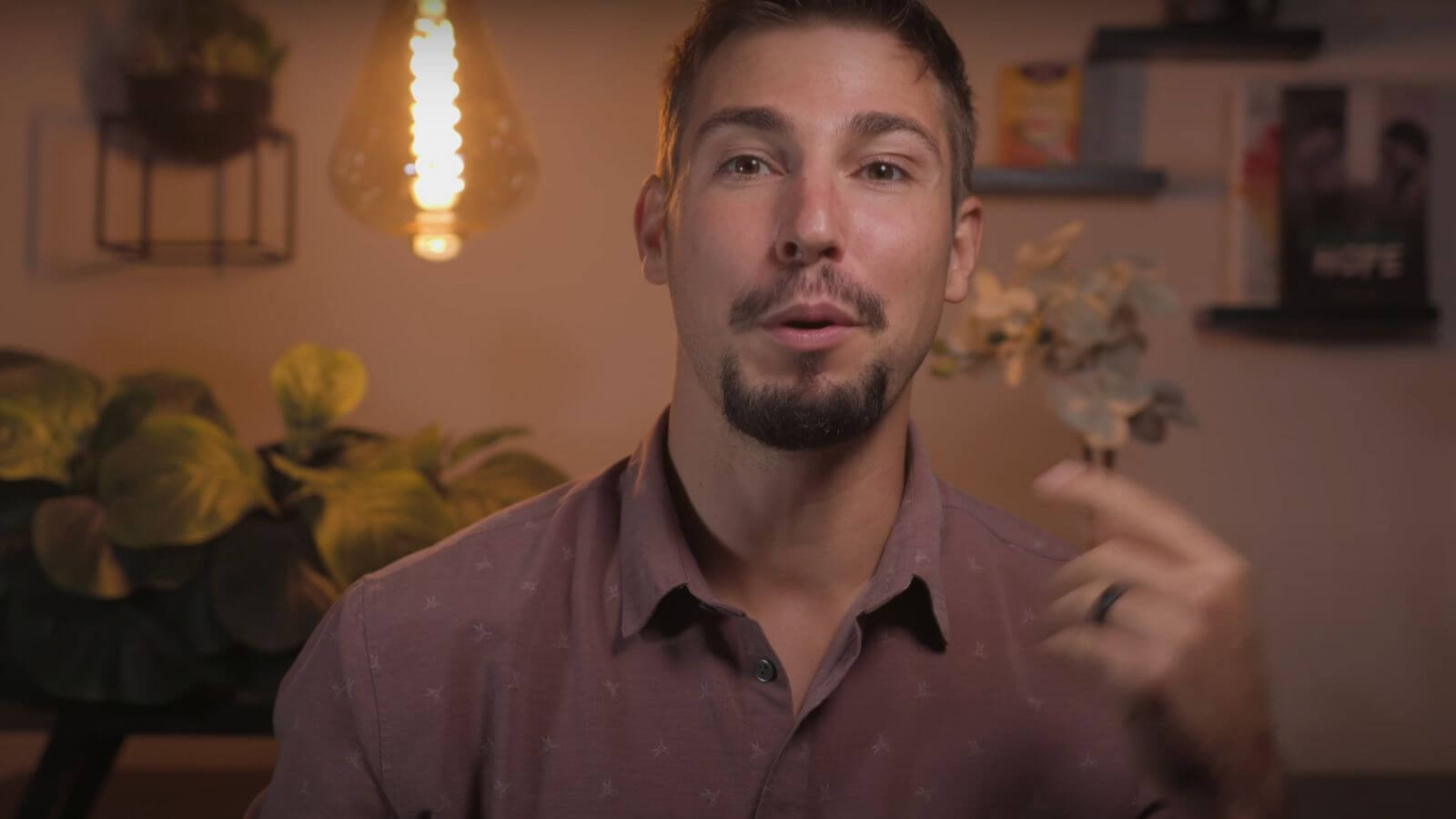Fentanyl Addiction Treatment
Within the opioid epidemic sweeping America, there is a deadly drug worthy of special attention. Fentanyl is a synthetic opioid that is 50–100 times more potent than heroin. It has been prescribed for years as an analgesic, but in recent years has seen a sharp increase in illicit use.
How is Fentanyl Used?
Fentanyl is typically prescribed by physicians as a transdermal patch or in lozenge form. When used illicitly, it can be snorted, injected, swallowed or smoked.
Much of the Fentanyl now being found in the U.S. is being manufactured in Mexico and China and then smuggled into the U.S. Fentanyl is often added to heroin to create a stronger, cheaper product. However, this can create a dangerous scenario, as users do not know the level of potency that they are getting
Pharmaceutical Fentanyl Brand Names
- Actiq
- Duragesic
- Sublimaze
Common Street Names for Fentanyl
- Apache
- China Girl
- China White
- Dance Fever
- Friend
- Goodfella
- Murder 8
- Jackpot
- Tango
- TNT
- Cash

Dangers of Fentanyl
Fentanyl is incredibly dangerous for anyone, but adolescents are especially at risk. First, adolescents are likely to have less opioid tolerance than older adults who have been using opioids for a long time. This means they are at greater risk for overdose. Second, adolescents’ brains are developing until their mid-20s.
Flooding the brain with exogenous opioids during this time of life can set teens and young adults up for lifelong struggles with addiction and mood regulation.
Effects of Fentanyl
Fentanyl users experience a high similar to those of other opioids such as heroin. However, fentanyl can be absorbed transdermally (through the skin), so it is very important not to touch anything you suspect of fentanyl contamination, as even transdermal exposure can pose an overdose risk.
- Euphoria
- Relaxation
- Drowsiness
- Constipation
- Lowered respiration
Fentanyl and Adolescents
Deaths from fentanyl, both pharmaceutical and illicit, are skyrocketing in the United States. Fatal overdoses occur when fentanyl acts to slow and even stop respiration. Because fentanyl is so potent, very small amounts can be enough to cause overdose. The musician Prince is one recent, very public, casualty of fentanyl.
Naloxone, brand name Narcan, is an opioid antagonist that can, with timely administration, reverse the effects of a fentanyl or other opioid overdoses. It is very important that even after the administration of Narcan, a person get medical help.
Fentanyl is so strong that it has been known to have effects that last beyond the first dose of Narcan, triggering another overdose after the naloxone releases from the brain’s opioid receptors.
Sandstone Care Can Help
If you or your loved one is struggling with fentanyl or other opioid addiction, or are wondering if you have a problem, we are here to help. Our compassionate and nonjudgmental admissions team can help you determine the best course of action for you or your loved one.
Sandstone Care offers substance abuse and co-occurring disorder treatment for adolescents and young adults. We accept most major insurance. Call us today—you don’t have to walk the road to recovery alone.


Online Treatment Programs
Our virtual IOP program offers the same programming that we offer in person, all online – this is ideal for those who live too far to drive to an addiction center, have transportation issues, or have health concerns that make in-person treatment challenging.





